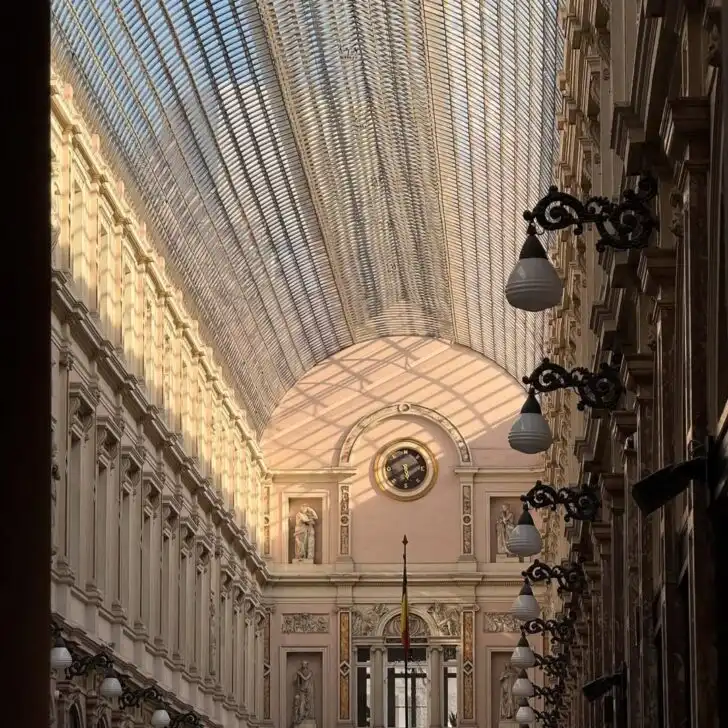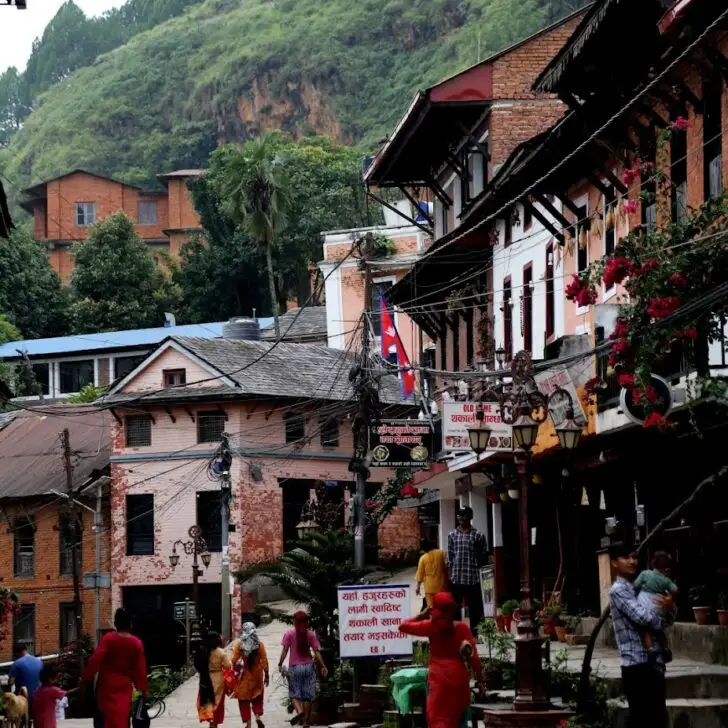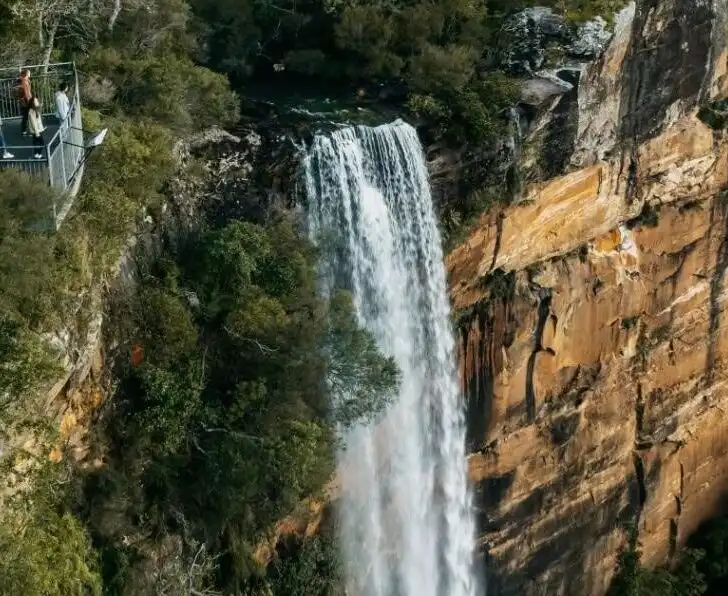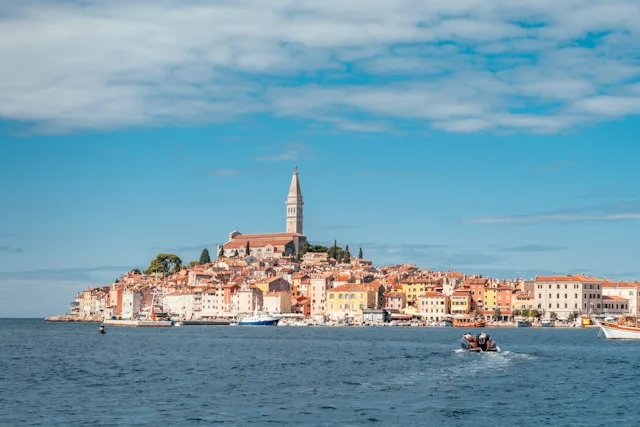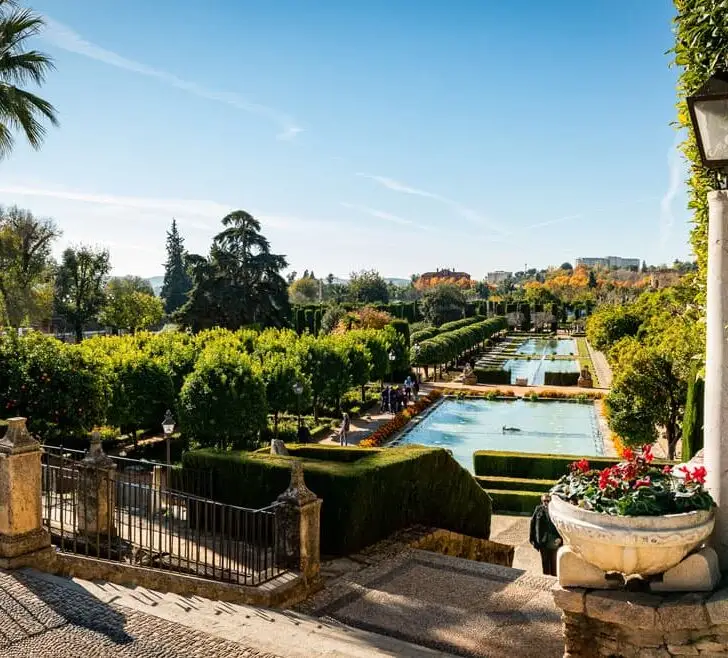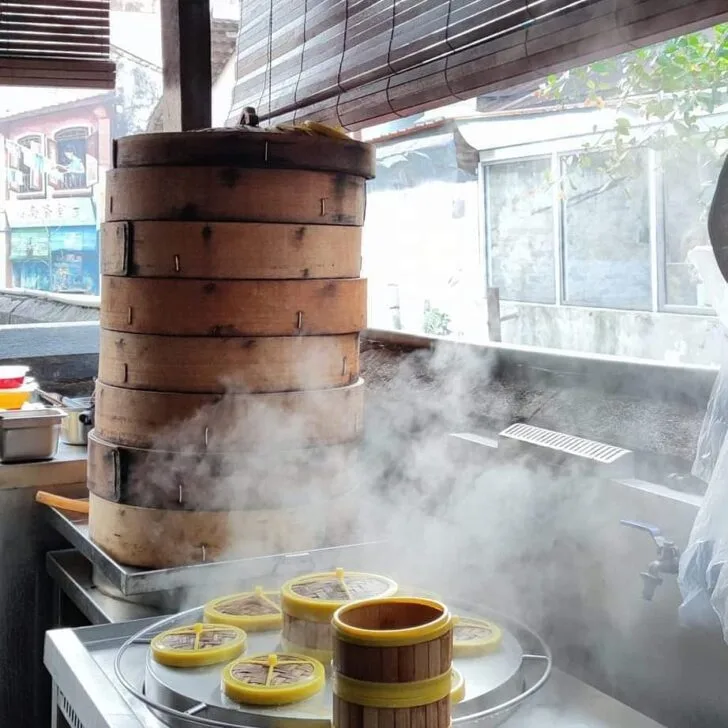We may receive a commission if you make purchases through affiliate links (at no extra cost to you). Read why our approach to travel is different.
Tartus in Syria occupies a prime spot on the Mediterranean coast of Syria and boasts an incredibly storied history spanning multiple civilizations. It’s already a popular summer vacation spot for Syrians, and we think Tartus will become a place to visit for foreigners as Syria opens up to foreigners over the next few years.
Tartus is known to Syrians as a small fishing village that grew into a big city. Thankfully, it was spared from virtually all of the atrocities of the war that the rest of the country had to face; in Tartus, you’ll catch a glimpse of the Syria that once was.

The part of the Mediterranean that Tartus in Syria occupies has played host to dozens of civilizations over the years. The city of Tartus itself was used by the Knights Templar as a military headquarters in the 12th century, and many of their buildings remain and are fascinating to visit.
It was also an important trade hub with Europe during Ottoman rule, but even beyond its economic glory days, Tartus has a beautiful waterfront that is quite a unique sight in Syria. Tartus tells stories of great peoples who built, planned and designed.

Skip to...
Before You Go: Visiting Syria in 2024
It’s no surprise that Syrians have endured a bloody civil war since 2011. Most of the country has returned to government control which has meant that war no longer dominates Syrians’ lives (and, consequently, international headlines). It is possible for foreigners to visit Syria as tourists, but there are things you must know about visiting Syria in 2024.

Keep in the back of your mind that Syria is still reeling from over 12 years of war, so tourist infrastructure including accommodation isn’t quite up to the standard you might be used to. In exchange for some of these conveniences, you’ll get an incredibly raw experience (free from all the trappings of modern tourism) that might just change your perspective.
Getting to Tartus
Tartus is served by Bassel Al-Assad International Airport in Latakia which is another port city about one hour away by car. In theory, you could fly to Latakia with a domestic airline such as Air Syria (though you would need to buy tickets on the ground in Syria), though more likely than not you’ll drive from Damascus or Beirut.

If you drive from Beirut to Tartus, you’ll need to leave at least an hour at the Arida Border Crossing. If you drive from Damascus, you’ll want to add an extra hour to the time advised on Google Maps to account for checkpoints.
Where to stay in Tartus
The honest truth is that the quality of accommodation in Tartus is quite poor as at the time of writing. As such, we would recommend that you stay in Al Wali Hotel in the Al Mishtaya village of Wadi al-Nasara (a Christian area) in Homs province. It’s about an hour away from Tartus, but it is modern, clean and has all the amenities that you’d struggle to find in Tartus.

If you want to stay in Tartus itself, we would recommend Shahin Tower Hotel and Blue Beach Hotel. They’re both as close to the waterfront as possible, and the standard would be acceptable to any Western traveler.
One day in Tartus
9 am: A traditional Syrian breakfast “ftoor”
Syrian breakfast is an experience because you get a little bit of everything. A traditional “ftoor” or Syrian breakfast will consist of at least ten dishes that are all placed on the table at the same time and complemented with (usually cinnamon-infused) Syrian tea.

You’ll be served fresh vegetables like tomatoes and radishes with strained yoghurt, honey, apricot or orange peel jelly and, because no Syrian breakfast would be complete without it, white cheese. But it’s not just any white cheese: it’s boiled to remove some of the salt which makes it squeaky. It’s the perfect compliment to the jam. Sometimes you’ll get stringy cheese which is just as delightful.
But that’s not the end of your breakfast. Zaatar is also served along with warm pita, olive oil, olives, boiled eggs and (my favorite) makdous, which is a dish of oil-cured pickled eggplants stuffed with walnuts, red pepper, garlic, olive oil and salt.
If that isn’t enough, you’ll get a few dips and spreads to go with your breakfast including hummus, labneh (strained yoghurt) and tahini.

You’ll want to have ftoor in your hotel before you head out for the day.
10 am: Take a boat to Arwad Island
The only inhabited island in Syria, Arwad’s main attraction is a citadel from the Canaanite times (in the Bible, “Arvadites” are a Canaanite people). It’s definitely worth a visit because you can literally see the marks left by each of the different civilizations that have occupied Arwad.

On that, there is at least 4000 years of different civilizations that have crossed through Arwad including the Phoenicians, Egyptians, Persians, Greeks, and, most recently, the French, who used the dungeons of Arwad Citadel as a prison during the French Mandate of Syria and Lebanon.
You’ll need to take a boat to get you there which is about 4,000 Syrian pounds each at the time of writing. Go to the port in Tartus and ask to get on the next ferry to Arwad. It’s an easy 20-minute journey that leaves a lovely view of Tartus behind it.

Local tip: The ferries are frequent but don’t have set times. They depart once they’re full, so you might find yourself waiting ten or 15 minutes.
You won’t need more than half an hour in the citadel itself. I also wouldn’t suggest doing much more on the Arwad Island (including eating). You’ll find much better food in and around Tartus. However, once you’ve meandered through the narrow lanes on the island and visited the Citadel, you might want to stop for a coffee or tea at one of the many cafés on the waterfront.

12:30 pm: Fresh seafood for lunch
Once you arrive back to the port of Tartus, it’s time to drive to lunch. Being by the water, it’s no surprise that Tartus is known for its incredibly fresh fish. Good restaurants simply won’t serve you fish unless it’s caught that day. Fresh fish is their pride, and it’s taken very seriously.
There are a number of excellent restaurants along the coastline that serve seafood with water views in Tartus like Al Yamq, but a much better experience can be had if you’re willing to drive a short distance from the city center. Just north of Tartus you’ll find restaurants by the water rather than just with water views outside of Tartus.

I would recommend Restaurant Beit Abu George. The restaurant is only frequented by locals so you’ll only find it by its Arabic name: مطعم بيت ابو جورج. It’s about 20 minutes outside of the center of Tartus, but the freshness and quality of the food is unmatched in the area.
Local tip: All you need to do is let your waiter know that you’re there for the fish and they’ll treat you to an experience.
2:30 pm: Visit the former Cathedral of Our Lady of Tortosa
Drive back to Tartus and head straight to the former Cathedral of Our Lady of Tortosa which is now the National Museum of Tartus, Syria. This 12th-century structure has been described as “the best-preserved religious structure of the Crusades“, and you can really feel the layers of years of history the moment you walk in.
The building also had a short life as a mosque and as army barracks before it became a museum in 1956.

Its architecture is a unique fusion of Romanesque and Gothic, the features of which are both starkly apparent on the exterior of the building itself. And though the exterior itself is fascinating, there are a lot of treasures within the walls that warrant taking 45 minutes to peruse properly, especially the decorated altar.
St. Peter and St. Luke visited this site on their way to Rome, and St. Luke famously painted an icon of the Virgin Mary. The former cathedral became a pilgrimage site when a devastating earthquake in 487 AD struck the city but the altar and the icon remained unharmed.

3:30 pm: Walk around the Old Town of Tartus
Just next to the former cathedral is the old town of Tartus, Syria, which is characterized by very clear historical features. You’ll be fascinated with its plethora of monuments, ancient buildings and culture richness, starting all the way from the Phoenicians to the Islamic and Crusader periods.
The old town is quite small, so allow yourself to get lost within the streets – and make sure to actually enter some of the buildings. Don’t enter people’s homes without their permission, but many places are completely open and hold treasures from ancient times.

Travel tip: Don’t miss the Crusader fortifications, the castle and the ancient dungeons.
What I think is particularly exciting about Old Tartus is that most of its archaeological monuments are still inhabited today. It really gives a different flavor to the atmosphere.
5:30 pm: Soak in the ancient Phoenicians at Amrit Temple
It’s time to get back in the car and drive about 15-minutes south to the Phoenician Water Temple and Healing Center which will be a real treat for our history buffs. Much of the area was destroyed thousands of years ago, but physical remains survive, particularly the temple.

You can still make out the elevated inner chamber that was built in the center of a deep pond dug in the rock with its Egyptian and Mesopotamian influences, and colonnades of Egyptian-style pillars. It’s the only Syrian site that reflects the melting-pot style of architecture that is characteristic of Phoenicians.
One of the reasons that this Phoenician monument is so interesting is because the area was never taken over by later cultures (as, for example, modern-day Tartus and Arwad have been). Its character is therefore largely intact and provides witness to the syncretic style of the Phoenicians.
Aside from the temple, you’ll also see a stadium from the Hellenistic period and monumental funeral towers.

Although it is very much worth visiting now, it has clearly been neglected over the years which has caused the site to fall into disrepair. We hope that it will receive the investment and restoration that it deserves in order to reveal its former glory.
8 pm: Dinner on the Corniche
It’s time to head back to Tartus city to end your day with dinner on the waterfront. There are a number of restaurants along the Corniche, the best of which is Galaxy Restaurant.

If you’ve finished up dinner and want to continue your night, the only place in town to soak up the nightlife is Barcode which is located on the rooftop of a building. The sunset views are amazing if you get there early enough to catch it, but otherwise you’re there for the amazing Arabic music and good vibes to end your day in Tartus, Syria.
Share This Article

Traveling soon? Subscribe to The Insight below and get exclusive access to our personalized travel advice community via WhatsApp so you can ask all your burning travel questions.
Looking for the best comprehensive travel insurance? SafetyWing has you covered.
And for your eSIM in every country, there is only one option we recommend: Airalo.
Read more of our best insights from around the world
